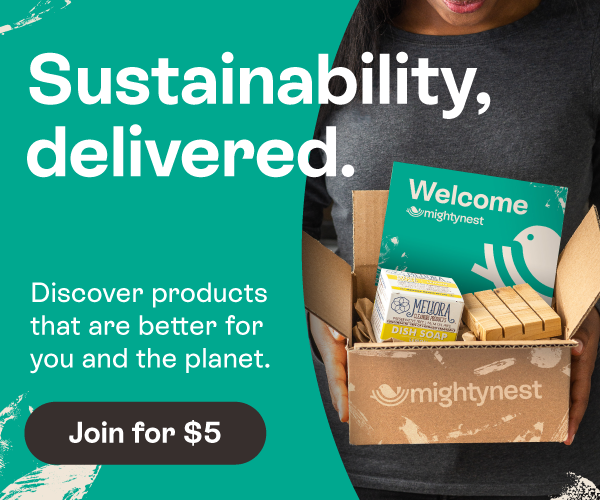local honey
All honey is not created equal. In fact, it’s entirely possible that the clear liquid gold you pluck from the supermarket shelf has been processed to the point where it technically can’t even be called honey. It may also contain other, far less desirable sweeteners, like high fructose corn syrup.
Before you buy another cute little bear from the supermarket shelf, be sure to check the label. Or better yet, buy local! Local raw honey is the real deal, with the amazing taste and health benefits you expect when you choose honey over other sweeteners.
Buying local takes on a whole new meaning when it comes to honey. For one thing, you’re supporting both local beekeepers and the crops of local farmers that bees pollinate. When you choose raw honey, straight from the honeycomb, you’re getting honey is in it’s purest form, with great taste and healthy properties intact. You’re also assured that it’s free from harmful substances which have been found in some imported honey.
Honeybees are important pollinators, the list of what they pollinate is long and includes many of your favorite fruits and vegetables. To produce just one pound of honey, bees must tap 2 million flowers, talk about busy as a bee! Raw honey can come in a variety of different colors and flavors, depending on what crop the bees drew their nectar from. Alfalfa honey, for example, is very light in color while buckwheat or blueberry honey is very dark.
If you’ve ever had an inkling to try beekeeping yourself, visit some of our favorite bloggers, Winnie at Healthy Green Kitchen and Shaye at Elliott Homestead, for a close up look at their experience. You can’t get more local than your own backyard!
Pledge to give local honey a try. To learn more, find a beekeeper to visit or talk to the honey vendors at your farmers’ market. You’ll really come to appreciate all the hard work those busy little guys do.
Interested in earning $270 of better lunch gear and $1000 for your school? Be sure to enter our current challenge!

